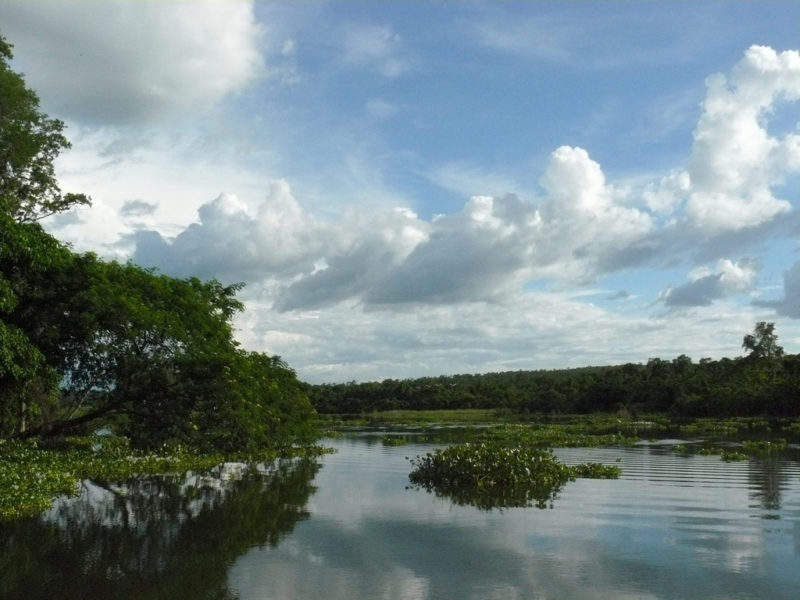
A new study by the Andrew Lees Trust has found that QIT Minerals Madagascar’s (QMM) Mandena operation in southeast Madagascar has polluted local water sources with radioactive substances known as radionuclides.
Malagasy law states that a buffer zone measuring 80m must be maintained between environmentally disruptive activities, such as mining, and vulnerable areas, such as lagoons and wetlands. QMM, which is owned by Rio Tinto (80%) and the Madagascar Government (20%), claimed it was not aware of the law until 2013, four years after construction of the mine was complete. The operator arranged a compromise with the government by building a dam between the Mandena project and the buffer zone in exchange for reducing the buffer to 50m.

Discover B2B Marketing That Performs
Combine business intelligence and editorial excellence to reach engaged professionals across 36 leading media platforms.
However, the trust’s report, titled ‘Evaluation of a Buffer Zone at an Ilmenite Mine operated by Rio Tinto on the Shores of Lakes Besaroy and Ambavarano, Madagascar’, found that the Madena operation is located just 24m away from bodies of water, which is a violation of both national law and the agreement. The report also found that the lakes were 4.6m above sea level, significantly higher than the 0.6m reported by the mine’s operators, putting the lakes at significant risk of receiving waste materials from the mine.
Dr Steven H Emerman, who authored the report, concluded that the proximity of the operation to the lakes posed a significant risk to public safety.
“It is not clear from the documents provided by Rio Tinto that the dam was designed to meet any safety criteria,” he wrote. “Seeping through the buffer zone is a more likely event than either overtopping or collapse of the dam.”
The threat of pollutants seeping into the lakes is significant, and this is where much of the damage to local communities is being done. The extraction of ilmenite produces zircon and monazite as by-products, both of which contain radionuclides such as uranium-238 and thorium-232. The former can cause bone or liver cancer when ingested, and the latter is deposited in the bones when ingested, where it can remain for years. The risk is particularly high in this area, as the lakes are an important source of water and food for local inhabitants.

US Tariffs are shifting - will you react or anticipate?
Don’t let policy changes catch you off guard. Stay proactive with real-time data and expert analysis.
By GlobalData“The violation of the buffer zone is of concern because it is illegal, and it compromises the protection of Lakes Besaroy and Ambavarano in the estuary where local people fish for food, gather reeds and other water products,” Emerman noted in the report.
“Villagers in rural Madagascar are totally dependent on access to natural resources for their subsistence and livelihoods. Food supplies are gathered from local forest, land and water sources and, given the lack of economic opportunity for the largely non-literate rural populations, these resources are vital for survival.”
Rio Tinto has claimed that QMM is operating within Malagasy law, and that it is attempting to arrange a discussion with Emerman and the Andrew Lees Trust.
Mining Technology’s Mining Safety content is supported by USA mining safety specialists Carroll Technologies Group.





